It’s all about the Gonzaga family in Mantua, a small city an hour south of Verona in the Lombardy region. Known as Mantova in Italian, the small town is surrounded by a shallow lake and is home to not one, not two, but three palaces and castles. Since it’s only an hour’s train ride from Verona, I popped down to this little town for my second-day trip during my stint as Juliet’s Secretary and was absolutely blown away by the architecture and history of this place.
- See my full Italy series and itineraries here
Contents
Mantua trains
The best way to get to Mantua is via trains. Italy has a great train network, and the nearest big city to Mantua is Verona as stated above. You can also visit directly from Venice, Padua or Milan. A regional train can take you there, hence there is no need to pre-book ticket as it isn’t wildly popular.
Trains from Verona to Mantua
Trains take about 46 minutes, don’t forget to validate your ticket before you get onboard!
Palazzo Te
One of my favourite palace I have ever visited, Palazzo Te is but one of the palaces in Mantua. With a square built and an inner courtyard, it’s a mix of villa and palace. Built in the early 16th century as a pleasure palace, it’s situated in the outskirts of Mantua near the marshes. It is a fine example of Mannerism, a High Renaissance European art form that is less natural and exaggerated and is often referred to as the architect Giulio Romano’s masterpiece.
Each room inside the palace was decorated with the utmost care – as they would witness some of the most illustrious figures in their time. With so many rooms, it’s hard to identify one over the other, but here are some of my favourites:
Salotto (living room)

Loggia of the Muses
Chamber of Horse
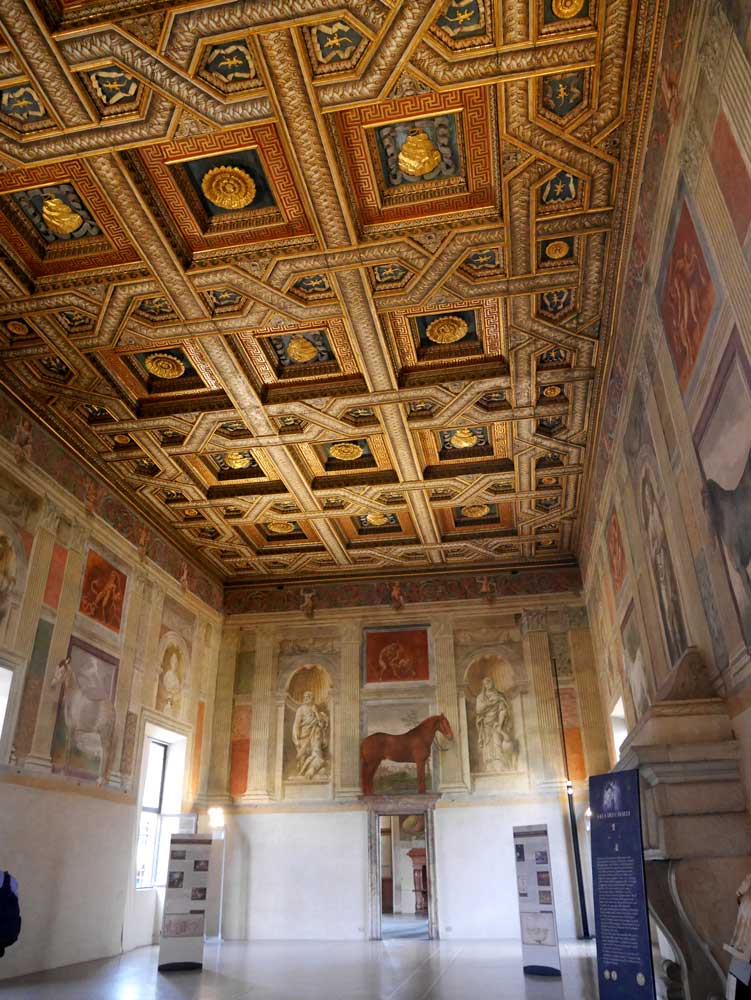
Chamber of Amor and Psyche
A room dedicated to the story of the Greek god Cupid (Amor in Roman) and his human lover Psyche, it is the most luxurious building in the palace.

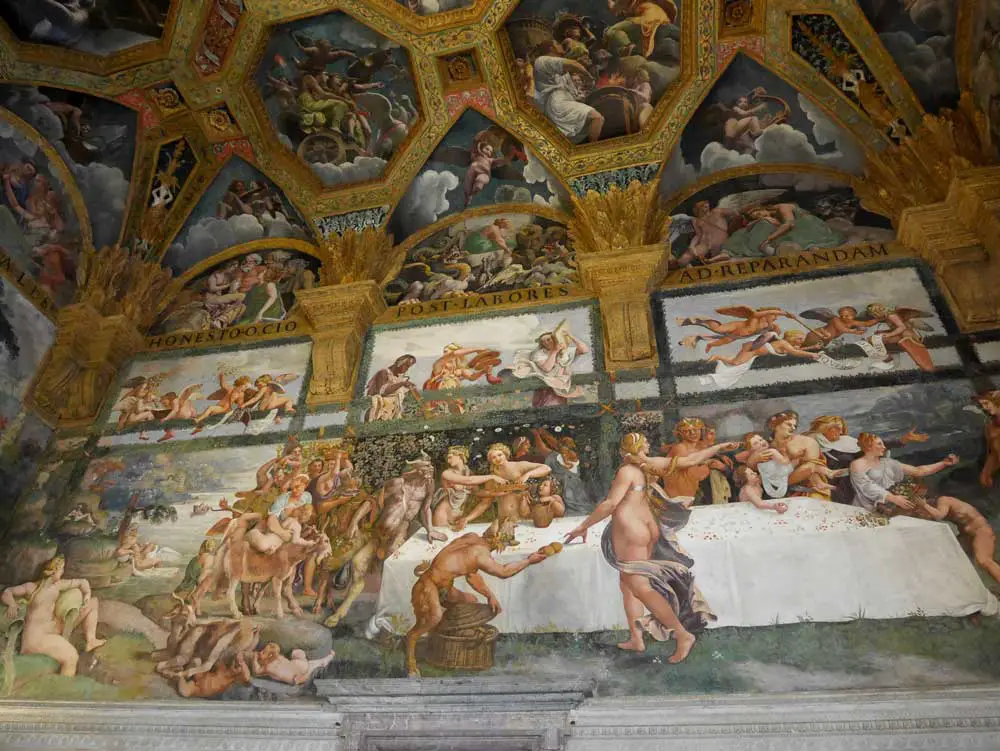
Chamber of the Rulers
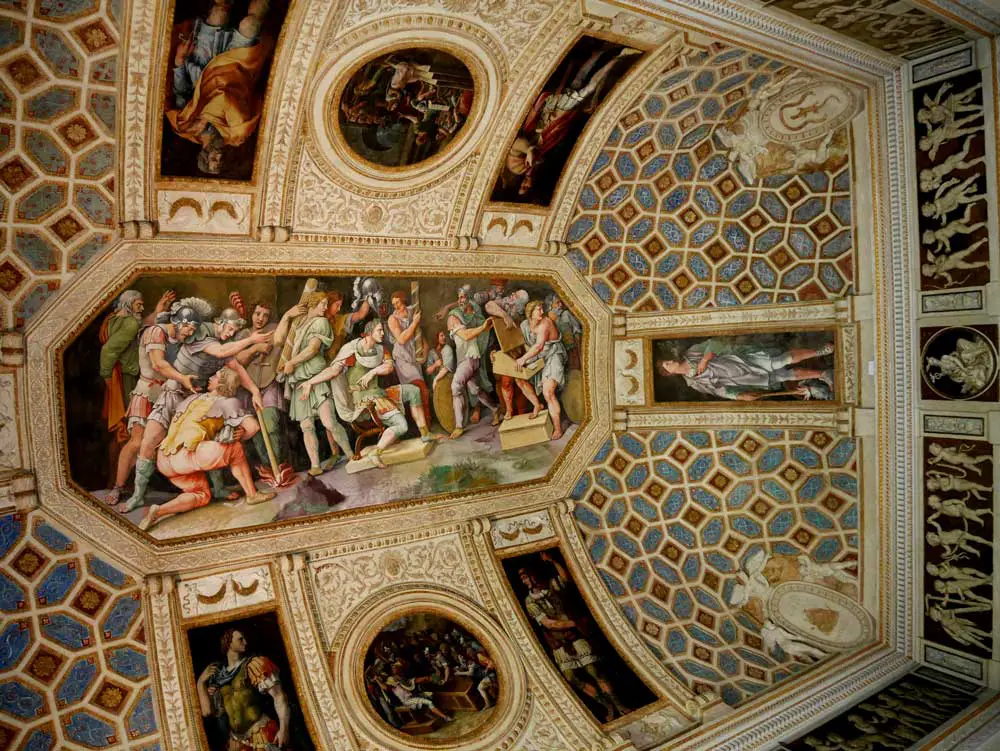
Chamber of the Giants
The most famous room and one of the most magnificent pieces of art I have ever seen. One of the most stunning thing being the fact that the corners of the walls and to the ceiling are smoothed over with plaster to create a seamless canvas for the epic depiction of the Falls of Giants in the Greek Mythology. The scene shows the Olympians in center stage, casting the Giants down from Mount Olympus and taking their place.


An external wing
Detached from the main palace, this extra building was built in the late 16th century and consisted of two rooms and an odd looking, intriguing Grotto built with real rocks, seashells, and coloured stones.



Opening times:
Admission fee: 12 euros, reduced 8 euros, special reduce (for university students and 12 – 18) 4 euros
Palazzo Ducale Mantua
The grand palace of the Gonzaga family, the Ducal Palace is actually a sprawling 34,000m2 collection of buildings that was built between the 14th to the 17th century. Situated in the northern part of the city center, it faces the man made canal that surrounds the city which also offers protection from invaders. It can be roughly separated into two different parts in terms of age and structure – the Corte Vecchia and Castle of St. George.
Corte Vecchia

The main part of the Palace, Corte Vecchia’s brick façade acts as he backdrop to the large Piazza Sordello, marking the entrance and ticket office of the Ducal Palace. Corte Vecchia is in turn made up of Palazzo del Captiano (Captain’s Palace), the oldest part of the castle district built by the ruling family Buonacolsi in the 13th century and the Magna Domus (Big House) which was built in the 14th century.
It is unfortunately in a less well-preserved state than Palazzo Te, being abandoned after the Gonzaga dynasty died out in the 18th century. Hence a lot of the rooms’ wall fresco and paintings have faded and yet to be restored. This doesn’t mean that there aren’t beautiful rooms to admire:
Hall of Rivers

With an open view into the inner courtyard, the Hall of the Rivers was built in the late 16th century as a place for banquets. Originally it was an open loggia, but it was redecorated in the 18th century with the current painted decorations and faux fretwork structure.

The Chamber of Zodiac

It’s not hard to guess that the theme of the room is astrology. Painted in the 16th century, the entire vault depicts that vast heavenly space with the constellation against the dark blue sky.
The Hall of Mirrors



A gorgeous beige yellow hall lined with mirrors, the Gallery of the Mirrors gets its name from the neoclassical decorations that are added in the 18th century. The three ceiling fresco of the sun chariot, the council of god and the chariot of night are allegedly by the painter Guido Reni’s pupil. It’s one of my favourite rooms in the entire palace and it’s not hard to picture grand balls or banquets taking place inside.
Castle of St George
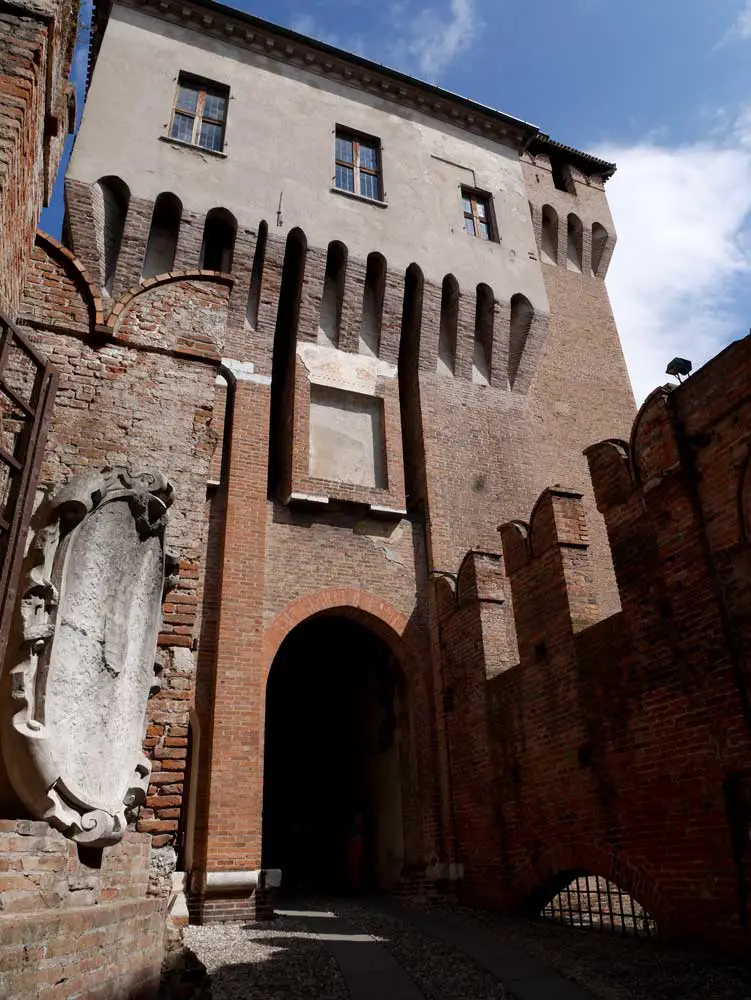
Built at the end of the 14th century, the castle was built with a military purpose in mind; hence it not only has four comer towers, square floor plan, but also a moat with only one drawbridge entrance. Most of the castle isn’t open for visitors, and really there is only one attraction to see: the Camera degli Sposi.

Camera degli Sposi
Also called the Painted Chamber or the Bridal Chamber, the fresco by Andrea Mantegna in 1465 to 1475 is a famous sight.


But perhaps the most well-known of them all is the painting on the ceiling, of the Parthenon in Rome. The iconic circular hole not only depicts the details magnificently, the additions of angels peeking down from the heaven also made it all the more awe inspiring.

Opening times: Tues – Sun 8:15 – 19:15 (last entry 18:20)
Admission fee: For the entire Ducal Palace 12.00 euros, reduced (18 – 25 EU) 7.50 euros
For Corte Vecchia only: 6.50, reduced 3.25 euros

Pin me! 


 中文 (香港)
中文 (香港)

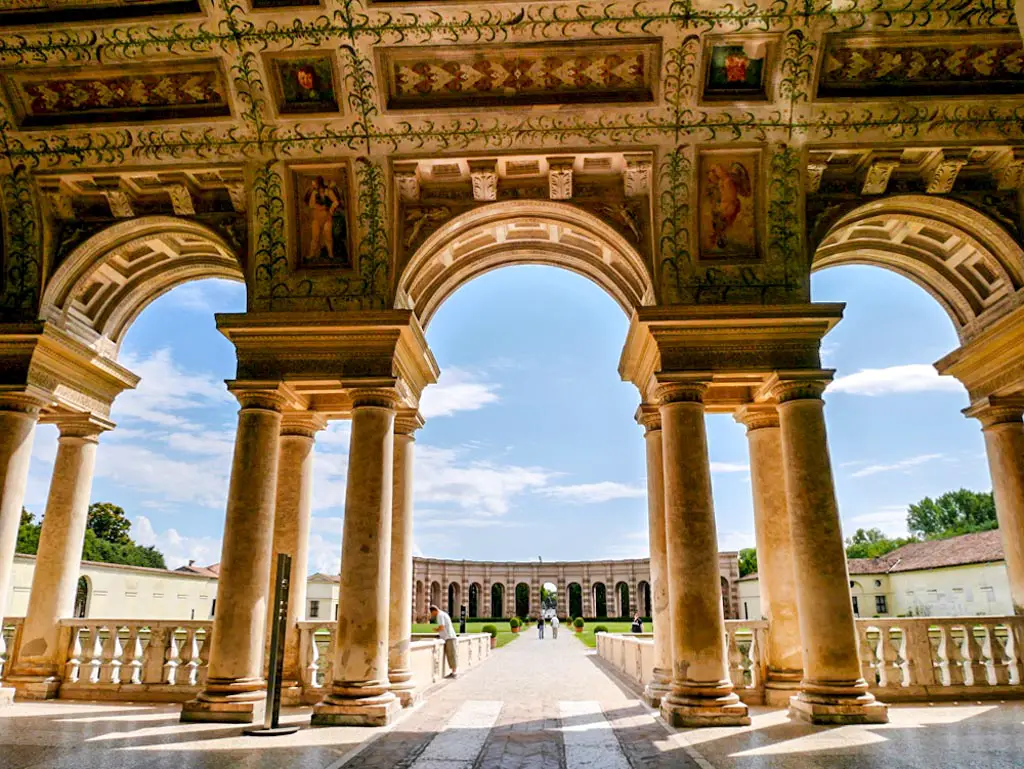













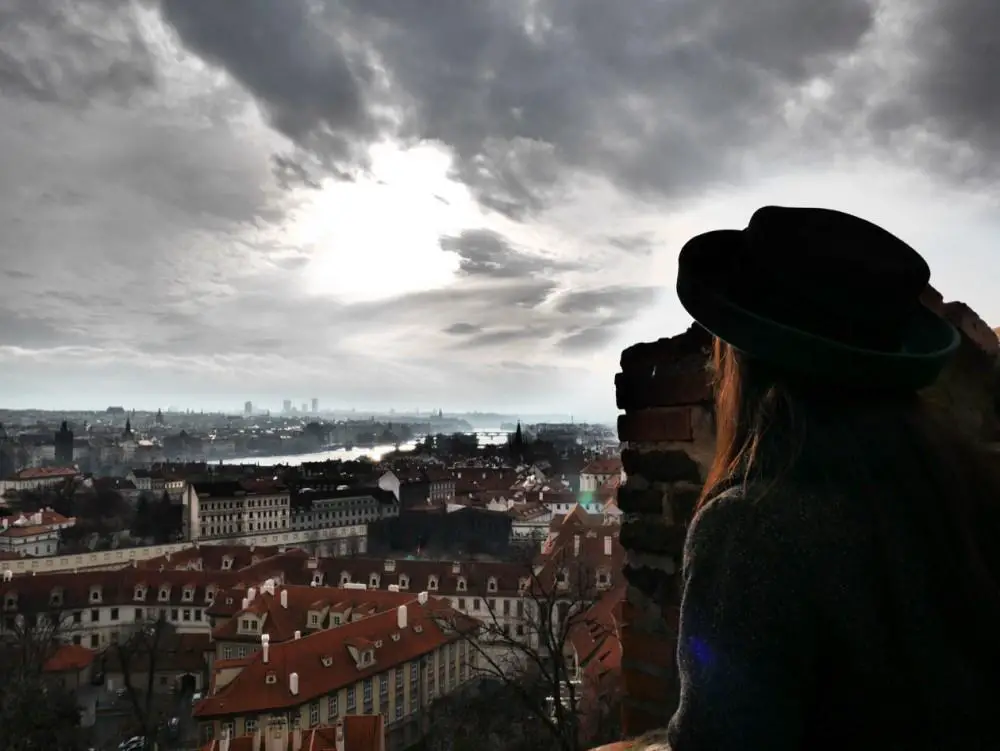


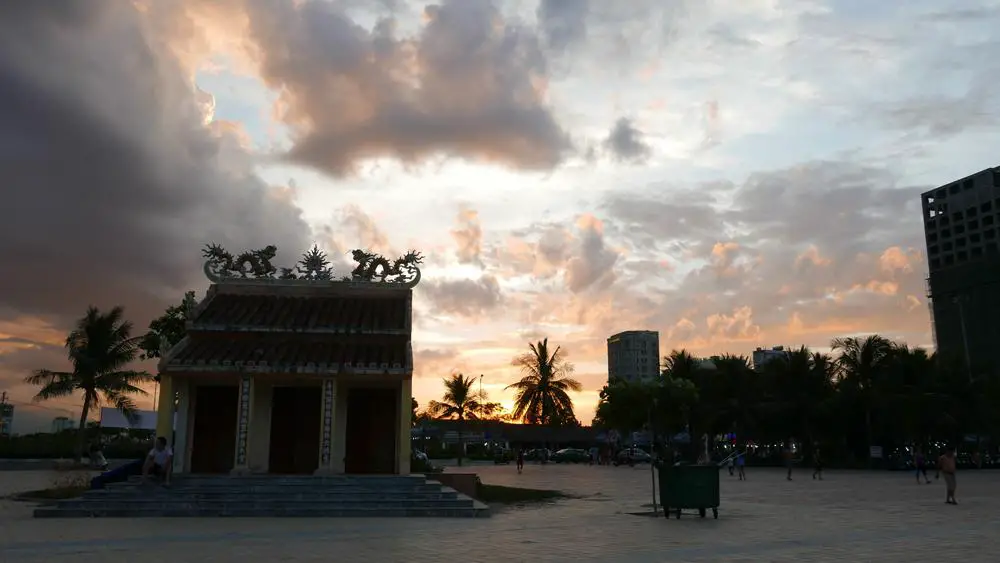











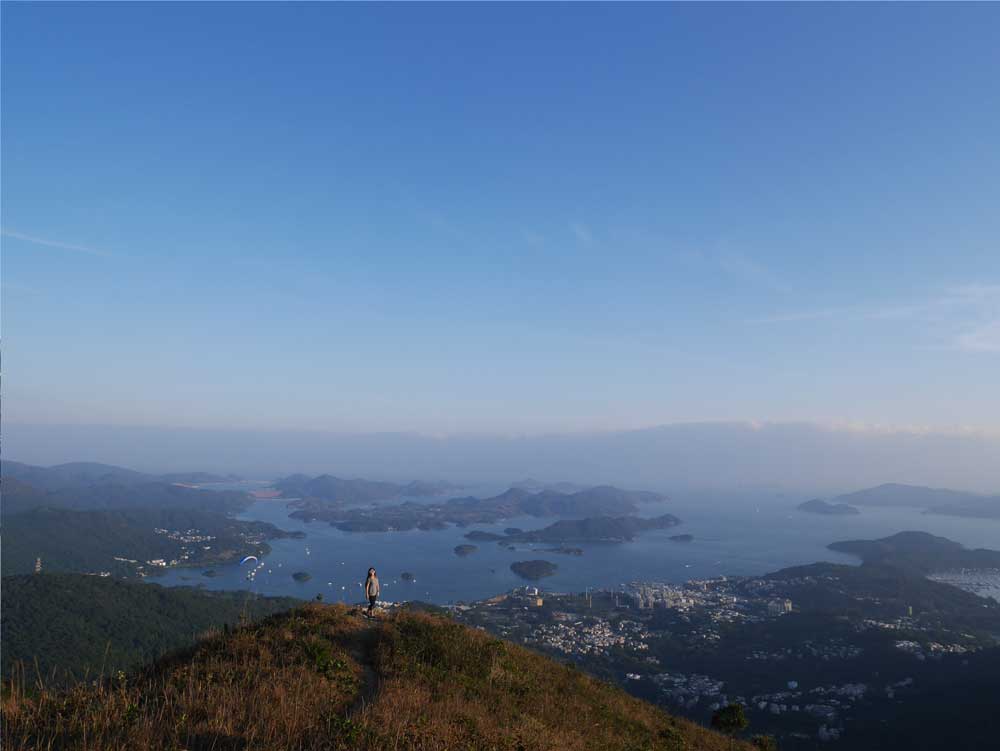



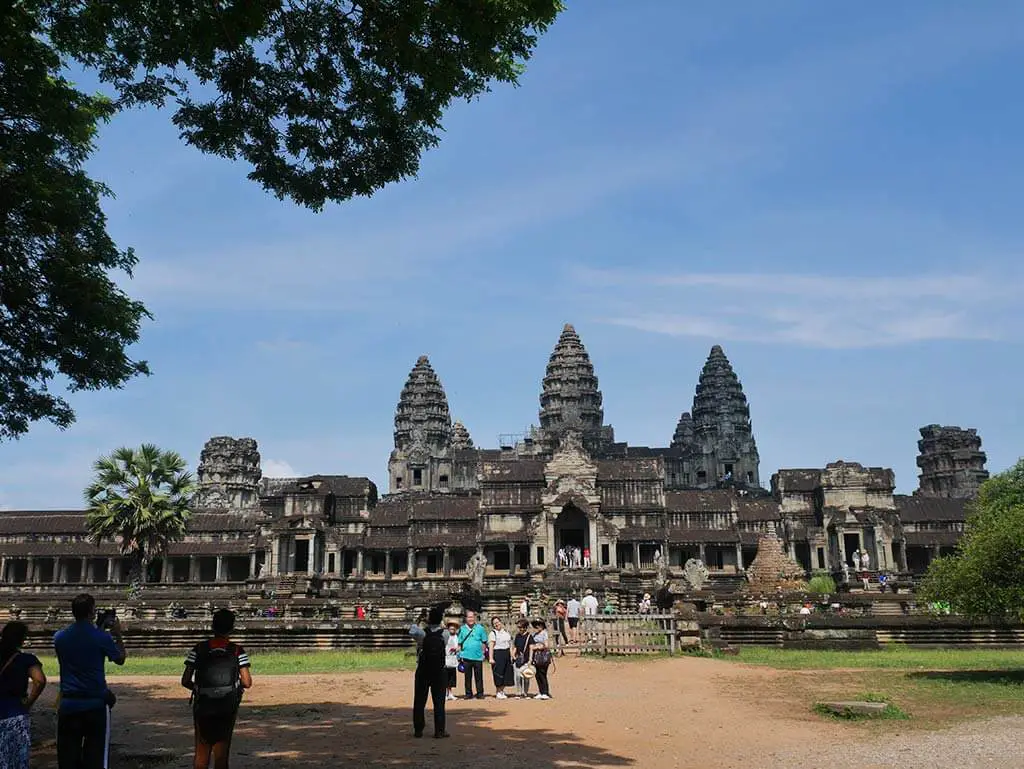
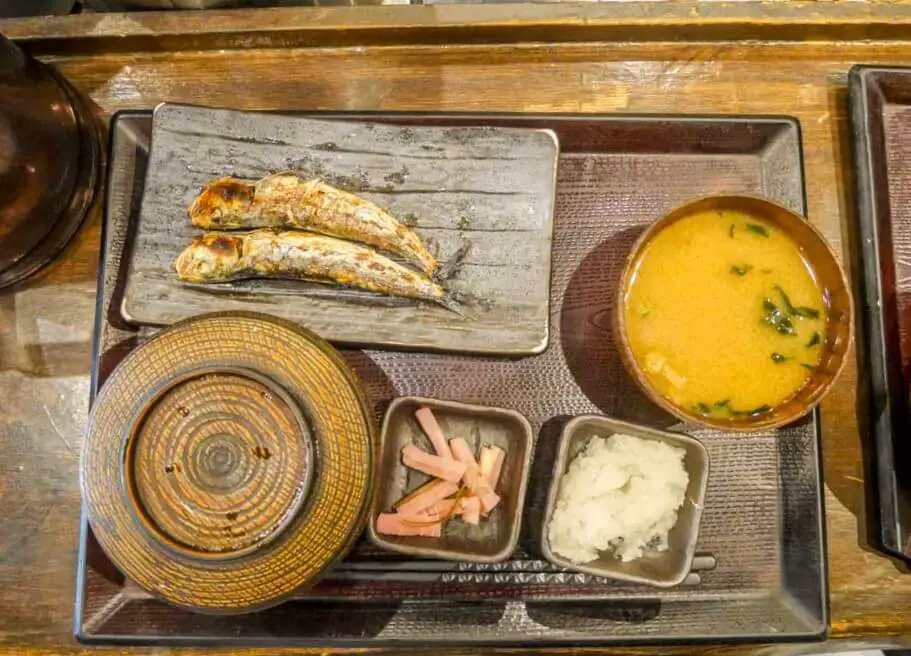

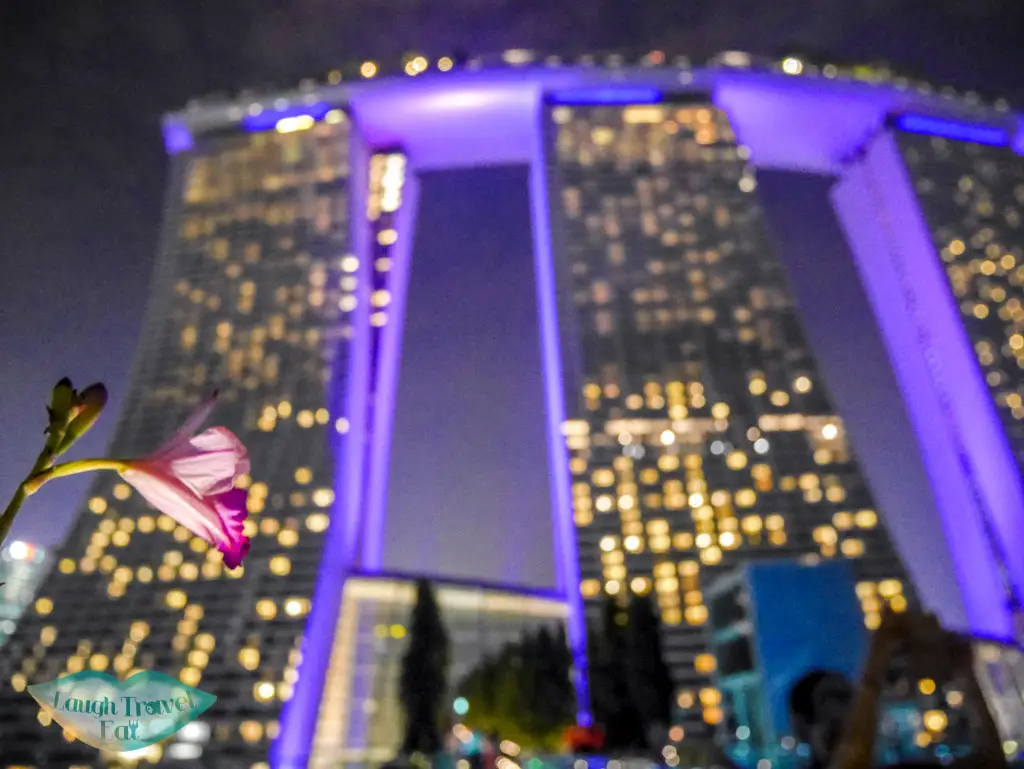
I’m kicking myself for not visiting this beautiful town when I had the chance. Next time!
More reason to go back – I wish I had time to visit Trento and Parma as well, Italy is just full of hidden gems!